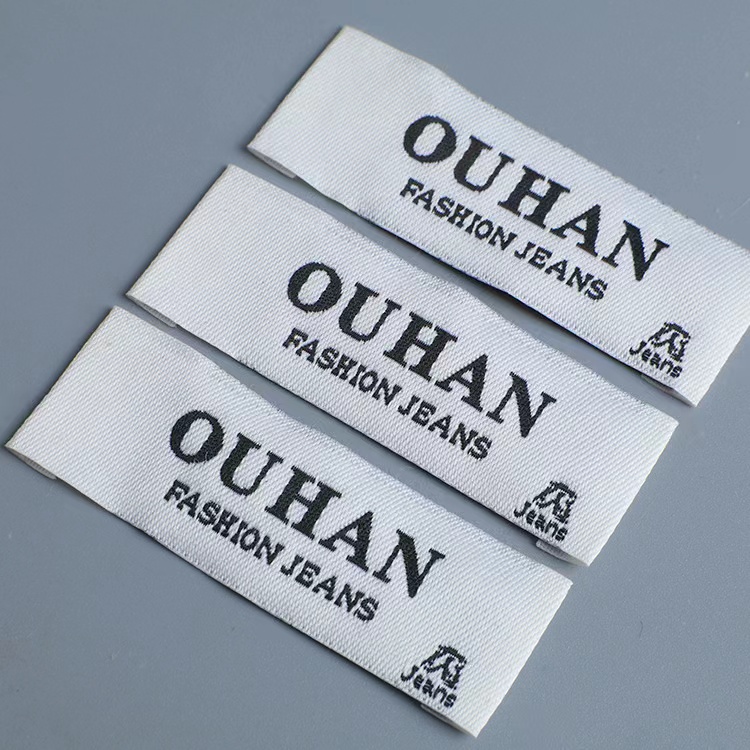Cheap Custom Clothing Woven Label
Cheap Backpack Hang Tags Wholesale and Custom
Clothing Leather Labels Factory Custom Shape
Where to buy Labels for Clothing?
Cheap Hang Tags with Elastic String
Cheap Custom Kraft Paper Hang Tags
Cheap Brown Kraft Paper Hang Tags
Custom Hangtag String Service
Cheap Personalized Woven Clothing Labels
Cheap Blank Clothing Paper Hang Tags
Cheaper Custom Cotton Woven Sewing Fabric Label for Clothing
Order Woven Clothing Labels
Order Woven Clothing Labels
Cheap Blank Clothing Paper Hang Tags
Cheap Hang tags with elastic string



















































